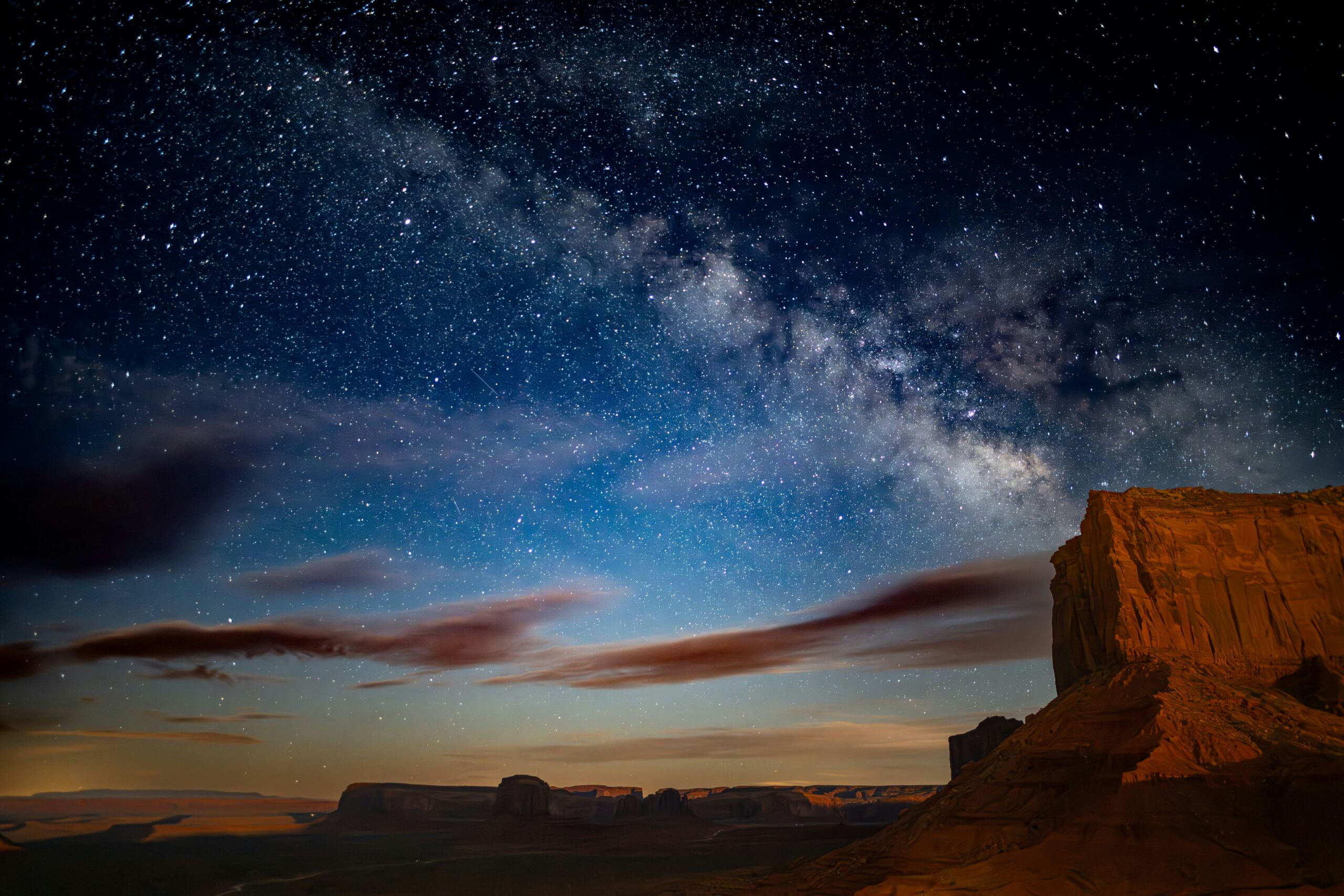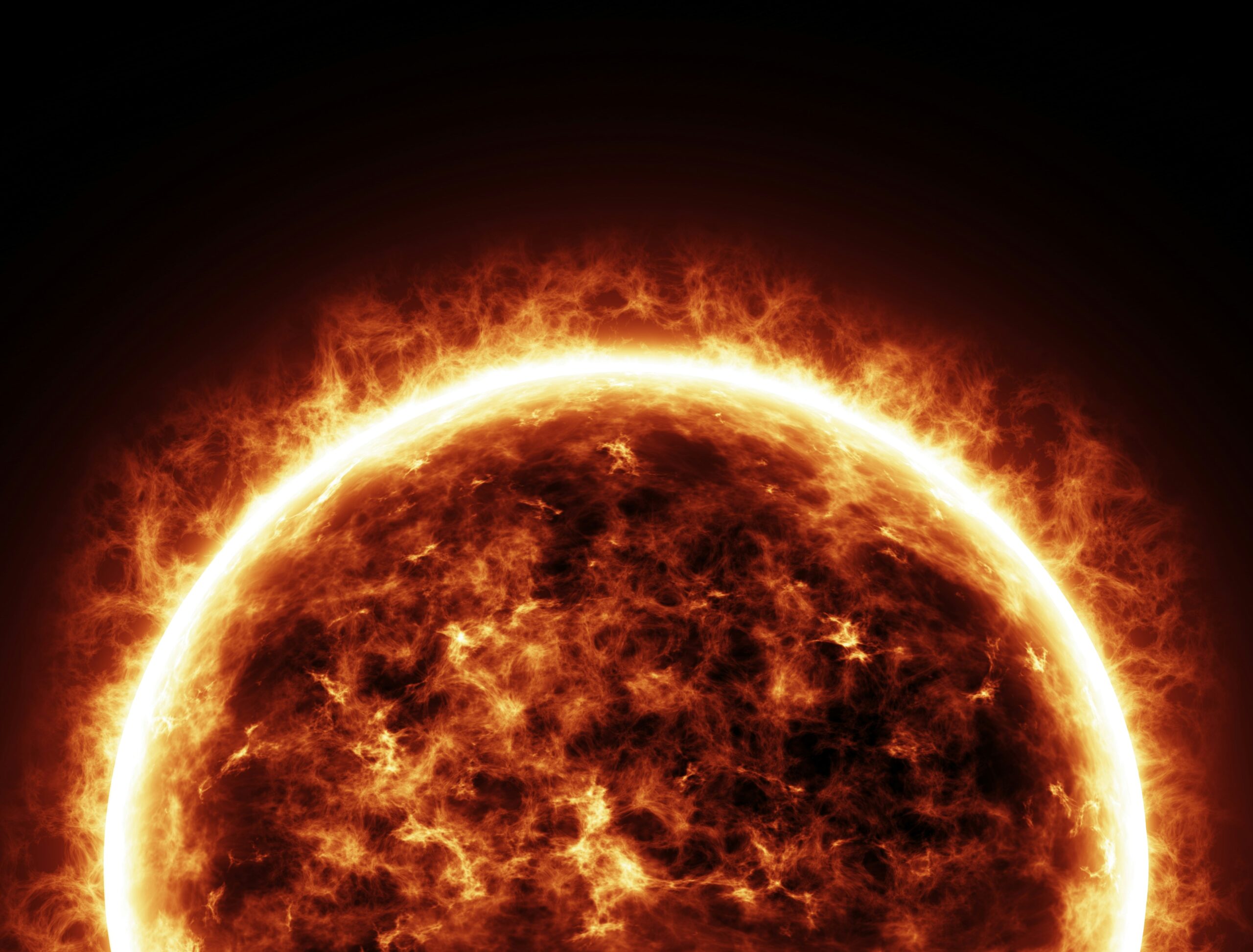JWST MINERVA Cosmic Dawn research marks a groundbreaking step in astronomy, as the James Webb Space Telescope (JWST) continues to reshape our understanding of the early universe. Scientists have launched the MINERVA project—short for Medium-band Imaging with NIRCam to Explore ReVolutionary Astrophysics—a multi-wavelength survey that aims to study four extragalactic fields in greater depth than ever before. With this ambitious project, astronomers hope to piece together the story of the Cosmic Dawn, the period when the first stars and galaxies illuminated the universe after the cosmic dark ages.
What Is the Cosmic Dawn?
The term Cosmic Dawn refers to the epoch when the first stars and galaxies formed roughly 250–350 million years after the Big Bang. Before this period, the universe was dark, filled primarily with hydrogen and helium gas. When stars ignited and galaxies began to take shape, they reionized the universe, transforming the cosmos into the vast web of galaxies we observe today.
Until the JWST MINERVA Cosmic Dawn survey, scientists had very few observational tools capable of peering this far back in time with enough clarity and detail. While the Hubble Space Telescope gave us tantalizing glimpses, JWST’s infrared power and advanced instruments now allow astronomers to go further, deeper, and more accurately.
The MINERVA Survey: A New Tool for Cosmic History
MINERVA is a medium-band imaging survey using JWST’s NIRCam instrument. Unlike broad-band surveys, which capture general light data across wide wavelengths, or narrow-band surveys that zoom in on very specific features, medium-band imaging strikes a balance. It provides enough detail to capture critical spectral signatures while still covering a broad enough range to map large cosmic structures.
The JWST MINERVA Cosmic Dawn survey focuses on four extragalactic fields, chosen because they allow scientists to compare diverse galactic environments. These fields will reveal not only how galaxies formed, but also how their environments shaped their growth.
Goals of the JWST MINERVA Cosmic Dawn Survey
The survey has several ambitious objectives:
- Understanding Early Galaxy Formation
By mapping faint and distant galaxies, MINERVA will help scientists determine when and how the first galaxies formed. - Studying Star Formation Rates
The survey will provide insight into how quickly stars were forming in the early universe. - Tracking Cosmic Reionization
Reionization is the process by which the first stars and galaxies ionized hydrogen, making the universe transparent to light. MINERVA will help pin down the timeline of this crucial event. - Identifying the First Supermassive Black Holes
Evidence suggests that black holes existed very early in cosmic history. MINERVA may reveal how these giants formed so soon after the Big Bang. - Mapping the Cosmic Web
By studying galaxy clustering, the project will offer clues about how dark matter and gravity shaped the early structure of the universe.
How JWST Outshines Its Predecessors
The JWST MINERVA Cosmic Dawn survey is possible because of JWST’s incredible sensitivity to infrared light. The expansion of the universe stretches light from early galaxies into the infrared spectrum, invisible to telescopes like Hubble. JWST, equipped with NIRCam and other instruments, is perfectly suited to detect this ancient, redshifted light.
Where Hubble could only hint at early galaxies, JWST is providing detailed observations. Already, JWST has spotted galaxies forming just a few hundred million years after the Big Bang—far earlier than many theorists had expected. MINERVA builds on these discoveries by offering systematic, medium-band data across multiple fields.
Why MINERVA Matters
The JWST MINERVA Cosmic Dawn survey is more than just another astronomy project—it’s an effort to answer fundamental questions about our origins. Understanding the Cosmic Dawn gives us clues about:
- The conditions that made galaxy formation possible.
- How stars synthesized the first heavy elements (like carbon and oxygen).
- Why some galaxies grew quickly while others did not.
- The role dark matter played in structuring the universe.
Astronomy is, in many ways, a story about us—how matter came together to form stars, planets, and eventually life. By unlocking the secrets of the Cosmic Dawn, MINERVA brings us closer to answering the ultimate question: How did we get here?

Future Outlook
The JWST MINERVA Cosmic Dawn survey is still in its early stages, but its results are expected to reshape cosmology. Data from MINERVA will complement other JWST surveys like CEERS (Cosmic Evolution Early Release Science) and JADES (JWST Advanced Deep Extragalactic Survey). Together, they will provide a layered view of cosmic evolution, from the first galaxies to later stages of development.
Looking ahead, astronomers hope that MINERVA will lay the groundwork for even more ambitious projects. As data accumulates, scientists may refine models of star formation, galactic feedback, and cosmic reionization, filling in gaps in the timeline of the universe’s history.
Conclusion
The JWST MINERVA Cosmic Dawn survey represents one of the most exciting frontiers in modern astronomy. By peering into the ancient past of the universe, it is unlocking insights into how stars, galaxies, and black holes came into being. Its results will not only deepen our understanding of the cosmos but also reshape humanity’s place in the story of the universe.
As the James Webb Space Telescope continues its mission, MINERVA stands as a testament to human curiosity and innovation—our desire to look back in time and uncover the dawn of creation itself.
Source: Universe Today


